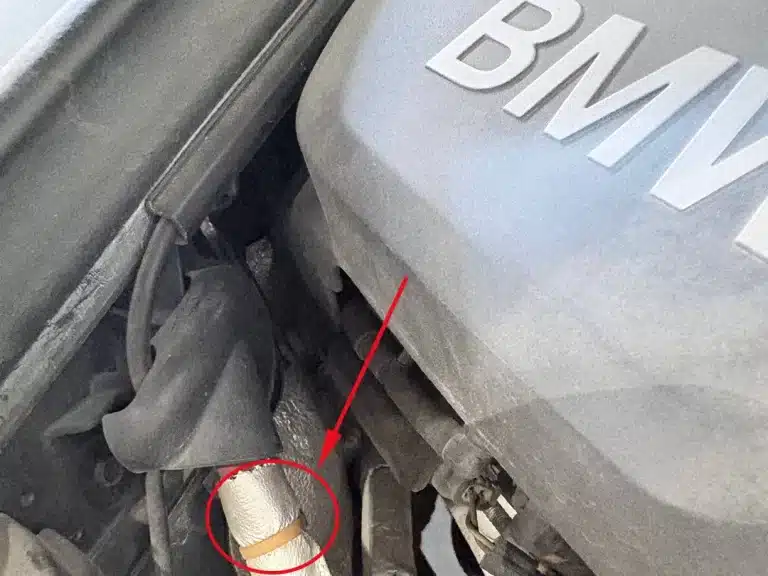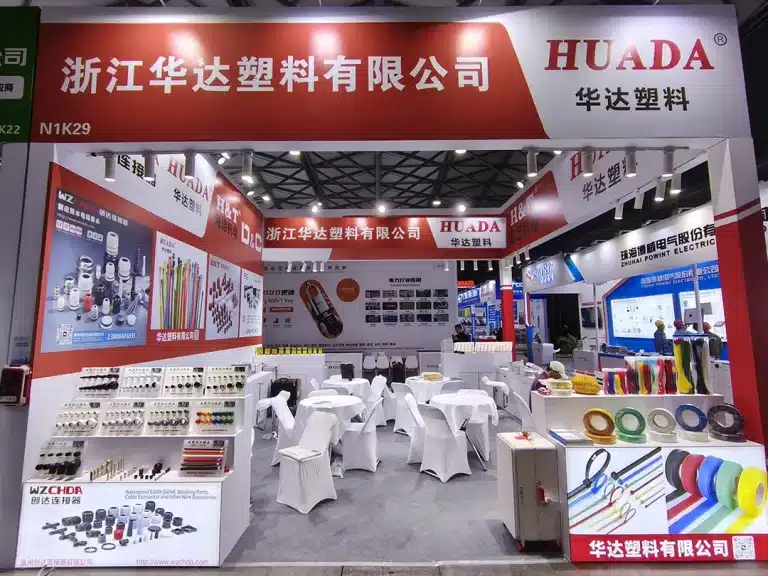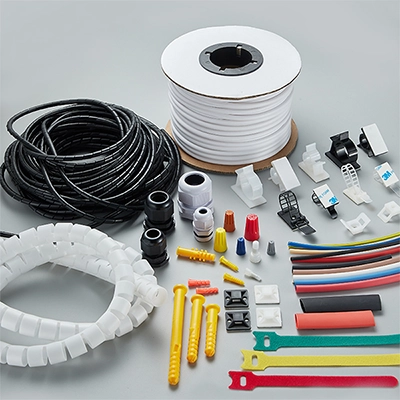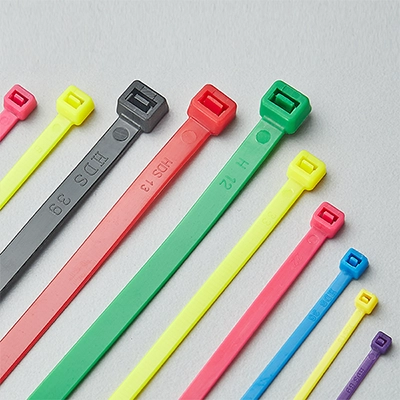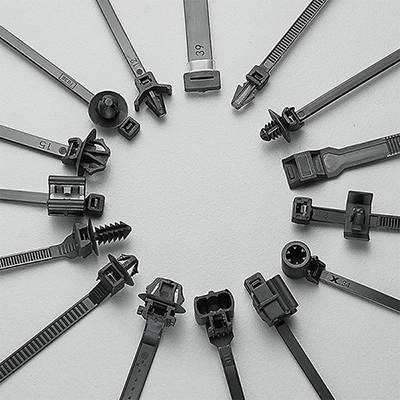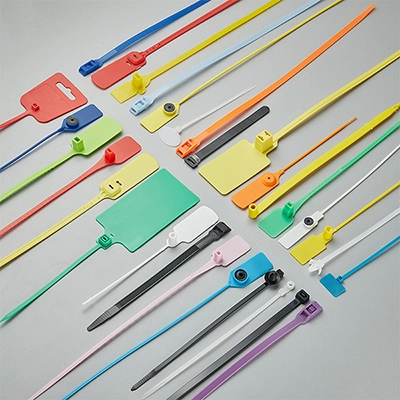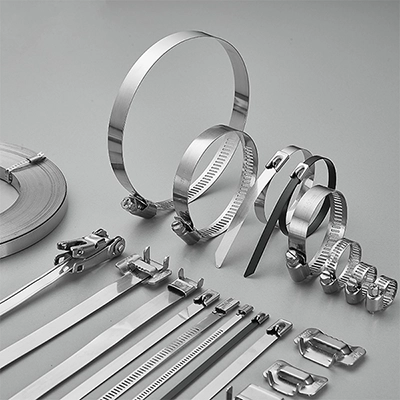The Tensile strength of metal zip ties is a crucial parameter for assessing their performance and suitability, ensuring their safety and efficiency in industrial and construction applications. Due to their outstanding corrosion resistance and strength, these cable ties are indispensable in many extreme environments. However, different applications require different tensile strength. This article introduces the tensile strength and testing methods for metal zip ties of different specifications. It aims to help you choose the most appropriate size of cable ties for specific applications, ensuring optimized performance and reliable safety.
Metal Zip Ties Tensile Strength
In the range of 304 stainless steel cable tie specifications, 4.6mm and 7.9mm are the most common widths. We can customize the length of the cable ties according to customer requirements.
| Type of cable ties | Width (mm) | Thickness (mm) | Tensile Strength (kg) |
| 304 Metal Zip Tie | 4.6 | 0.25 | Over 120kg |
| 304 Metal Zip Tie | 7.9 | 0.25 | Over 250kg |
Test the Tensile Strength of Metal Zip Ties in 3 Steps
Testing the tensile strength of metal zip ties is a precise and meticulous process that requires specialized equipment. Firstly, the equipment we use is specifically designed for metal zip ties, differing from the ones used for nylon ties, as it needs to withstand greater forces. Just as the unit of measurement in zip tie tensile strength tests is Newtons (N), for stainless steel cable ties, the unit is Kilnewtons (kN).
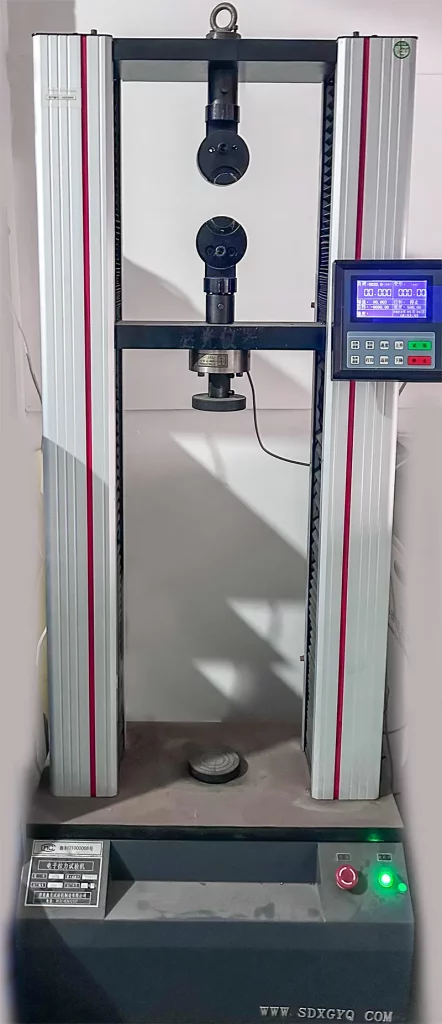
Before starting the test, we first mount the metal zip ties onto a specially designed circular fixture, which simulates the state of the ties when fastening objects in actual use. To ensure the accuracy of the test, we adjust the fixture to fit snugly around the width and thickness of the tie, ensuring even distribution of force during the test.
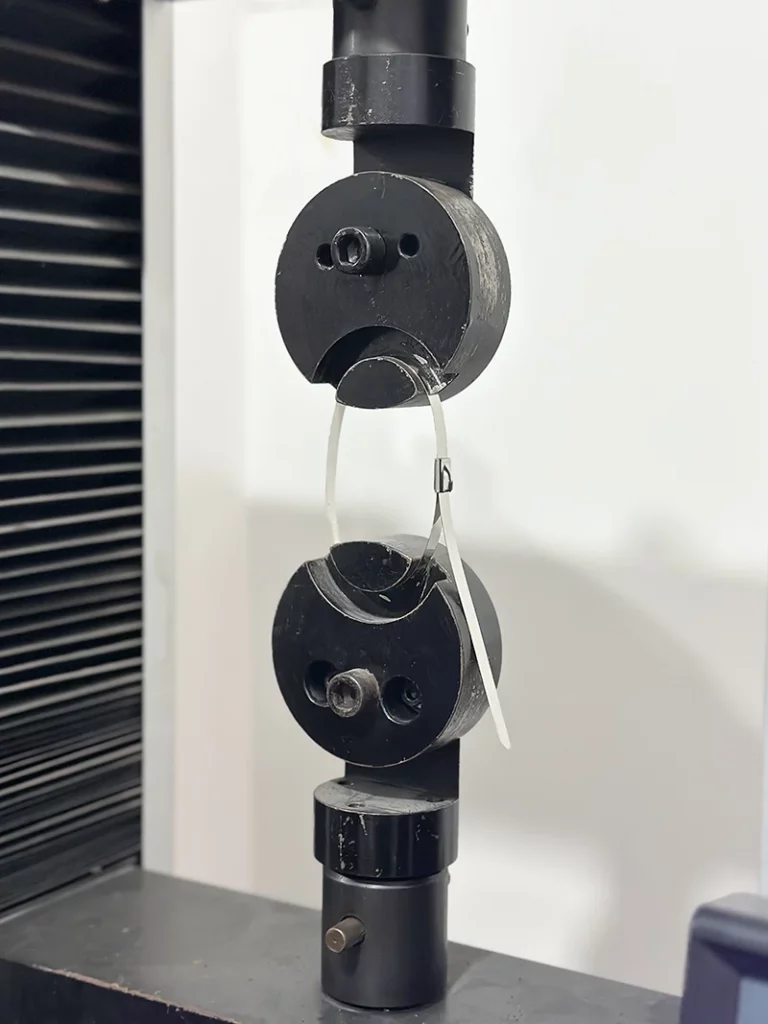
Next, the testing machine is activated. During the test, the upper fixture remains fixed, while the lower semi-circular fixture slowly and steadily stretches the tie downward. Throughout this process, the testing machine continuously monitors and records the changes in tensile force. We pay special attention to the point at which the locking mechanism of the metal zip tie’s head is destroyed under maximum force, indicating the end of the test.
At the end of the test, the instrument displays the maximum force that the metal zip tie could withstand before the failure of the head’s locking mechanism, known as the maximum tensile strength. This peak value is a key indicator for assessing the strength of metal zip ties and is an important basis for our product quality control.
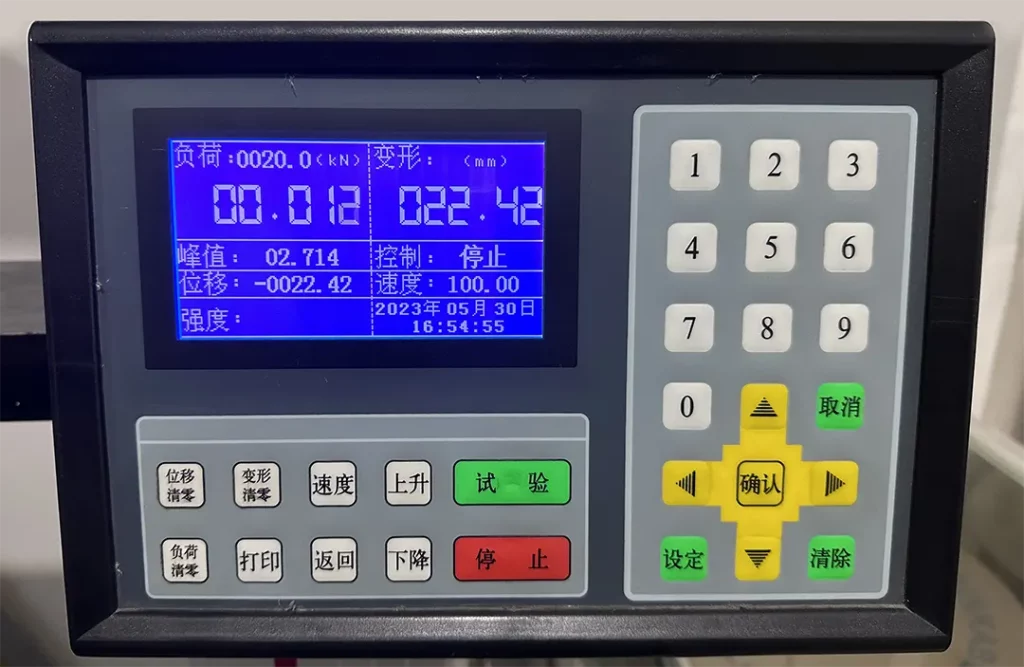
Through this detailed and standardized testing process, we can ensure that each batch of metal zip ties meets specific safety and performance standards, thus providing our customers with the most reliable and efficient fastening solutions.

